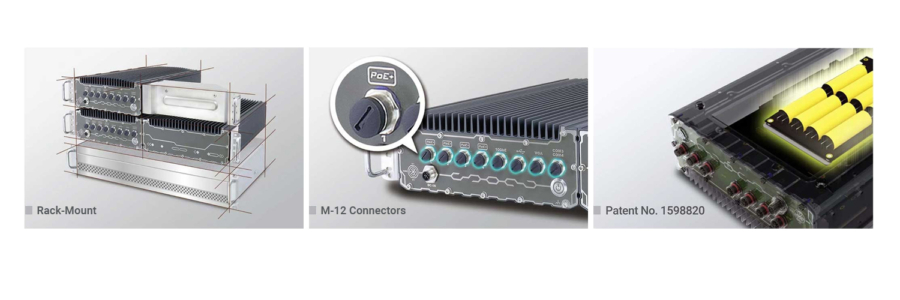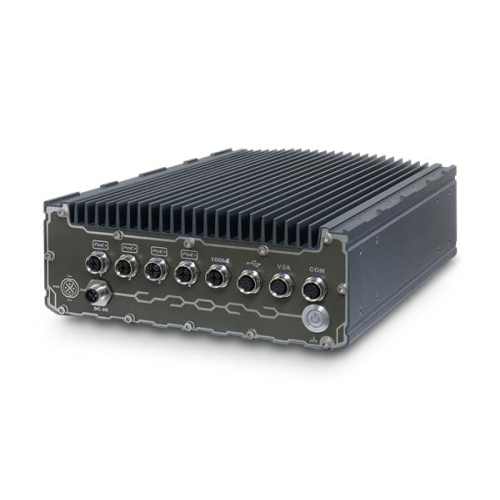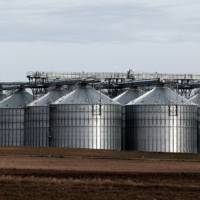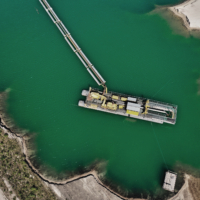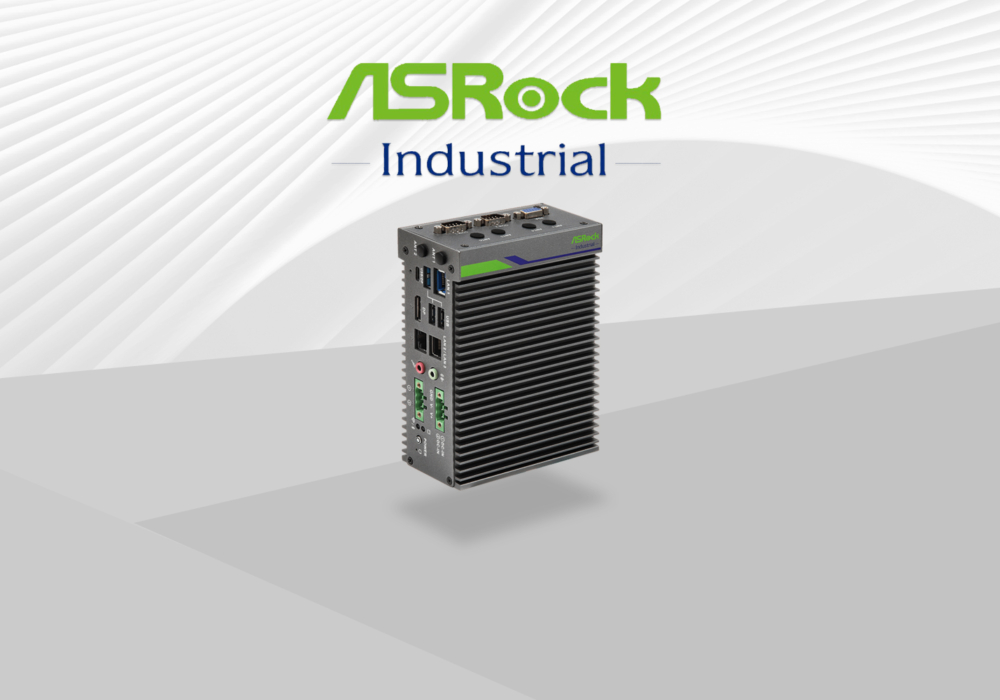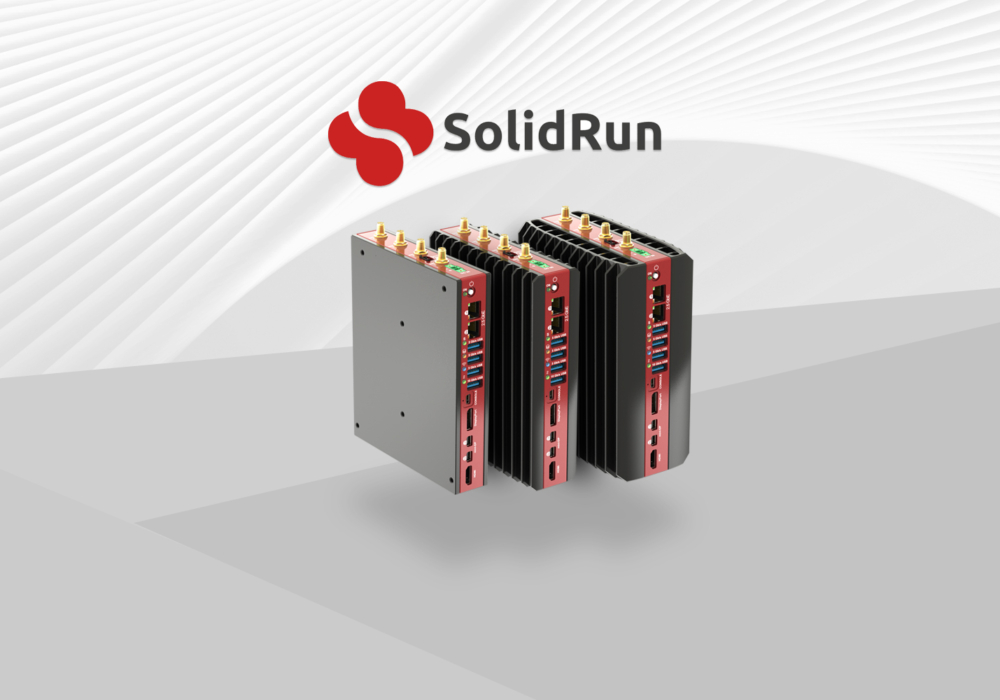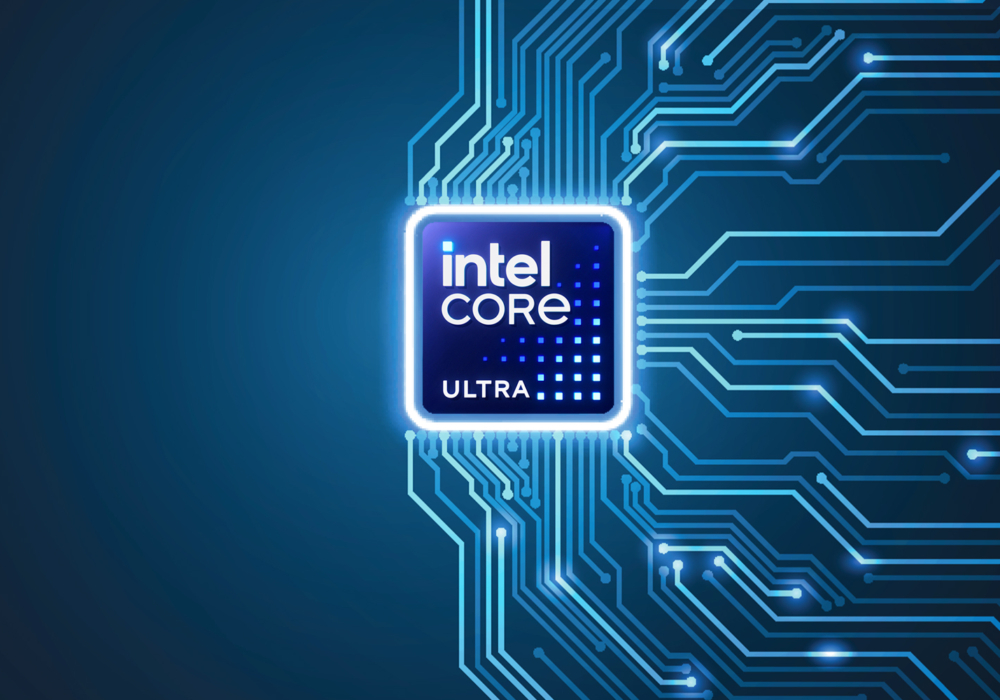In this article:
- The Client
- What is Dredging?
- Exploring Diverse Dredge Types for Effective Sediment Removal
- Automated Dredging: Pioneering Efficiency and Sustainability
- The Demands of The Application
- Benefits of Dredge Automations
- Our Solution
The Client
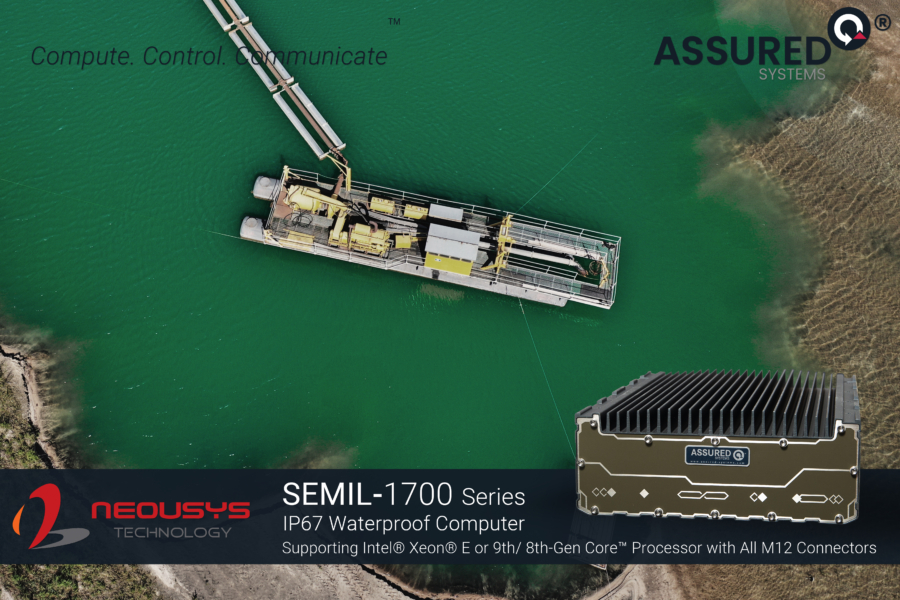
The client has recently introduced their inaugural fleet of automated dredgers, specifically designed for a reclamation initiative targeting the removal and treatment of a contaminated layer, water transport, and the subsequent application of a uniform layer of sand, pre-sized gravel, active carbon, and protective stone cover. This ambitious remediation project encompasses an area of approximately 1.5 million cubic meters and spans over 250 acres, primarily consisting of shallow terrain that necessitates careful navigation.
To ensure the seamless operation of these dredge systems, continuous monitoring and real-time data display will be available on a remote website. Each dredger will be equipped with live onboard data acquisition capabilities and an integrated control system, geared towards optimizing efficiency and curbing operational expenses.
The dredgers are equipped with advanced flow control systems, which dynamically adjust the dredge pump speed based on the slurry flow rate and density. The automation of this process is poised to significantly reduce energy consumption while maintaining a consistent production rate. By automating slurry dilution and pump speed control, dredge operators will have the capacity to maximize excavation rates.
Moreover, the integration of GPS positioning and digital mapping, facilitated by the data acquisition system, will offer invaluable support to operators and survey engineers in effectively managing excavator positioning and spoil areas throughout the dredging project.
Additionally, the control systems will serve as a comprehensive logging platform, recording equipment faults, alarms, and operational hours. This data will prove indispensable for maintenance personnel, aiding them in maintaining the dredging machinery at peak operational efficiency.
What is Dredging?
Dredging stands as the indispensable process for eliminating accumulated sediment that settles on the beds and banks of water bodies, including rivers, lakes, and streams. This crucial task employs specialized dredging equipment, harnessing the power of vacuum technology to efficiently extract and pump out unwanted sediment and debris.
Sedimentation, a natural phenomenon, leads to the gradual buildup of silt, sand, and debris on the waterway beds of rivers, lakes, canals, and streams over time. The excessive accumulation of sediment can trigger a host of adverse consequences. It can reduce waterway depth, obstructing smooth ship navigation, and potentially lead to contamination, posing significant risks to aquatic ecosystems. In coastal areas, sediment buildup can accelerate beach erosion.
For the preservation of waterway integrity and the protection of aquatic life, effective sedimentation management through dredging is paramount. Many daily activities rely on the functionality of waterways, supporting vital roles such as transportation of goods, sustaining commercial fishing operations, and providing recreational opportunities. Unfortunately, these essential water routes frequently fall victim to sediment buildup, making navigation arduous and sometimes posing environmental threats.
To ensure the health of waterways and facilitate commercial endeavors, there is often an urgent need to address substantial sediment accumulation. Dredging emerges as a swift and effective solution for sediment removal, offering a variety of dredging methods tailored for this purpose.
The sediment removal process centers around the deployment of a dredge, which excavates the accumulated sediment and debris. Dredges are engineered to operate either partially or entirely underwater, granting operators the ability to efficiently gather sediment and relocate it to designated areas. Upon the completion of dredging operations, the relocated sediment can find various valuable applications.
What is the Purpose of Dredging?
Dredging serves a vital role across various industries, leaving a significant imprint on numerous sectors. These applications encompass:
- Maintaining Existing Waterways: Dredging plays a pivotal role in preserving waterways by eliminating accumulated debris. It restores water bodies to their original depth and condition while effectively removing dead vegetation, pollutants, and litter.
- Creating New Waterways: Ports are expanding their infrastructure using dredging to establish new waterways. This strategic approach enhances access to emerging trade hubs and optimizes goods transportation. Dredging ensures safe docking for vessels of all sizes.
- Increasing Waterway Depth: Sediment buildup can reduce waterway depth, leading to flooding risks. Dredging eliminates accumulated debris, restoring the water body to its original depth and mitigating flood hazards.
- Cleaning Ponds and Lagoons: Stagnant ponds and lagoons often develop unpleasant odors and murky conditions due to accumulated sediment. Dredging rejuvenates these water bodies, promoting a healthier environment.
Moreover, dredging procedures find specialized applications, particularly within industrial contexts and environmental preservation efforts.
Industrial Applications of Dredging
Dredging equipment holds versatility and serves various vital industrial functions:
- Excavation: Dredging prepares for construction ventures like bridges, docks, and piers by performing essential underwater excavation tasks, facilitating project groundwork.
- Enhancing Waterways for Larger Vessels: Dredging deepens and widens waterways, enabling the passage of larger cargo vessels, which positively impacts the economy and ensures navigability during low tide.
- Construction Material Collection: Sediment removal gathers essential construction materials like sand, gravel, and debris, often used in concrete production for various construction projects.
- Canal Maintenance: Canals, susceptible to sediment and debris buildup, benefit from dredging to enhance waterway conditions for a wide range of boat traffic.
- Mining Precious Metals: In select water bodies, sediment may contain precious metals like gold and diamonds. Dredging serves as a valuable tool for excavating these mineral-rich sediments, contributing to mining operations.
The versatility of dredging equipment makes it a valuable asset across numerous industrial sectors.
Environmental Benefits of Dredging
Dredging proves to be a valuable tool for enhancing and sustaining aquatic ecosystems, offering multiple environmental benefits:
- Enhanced Water Quality: Dredging removes contaminants from chemical spills, sewage build-up, decaying plant matter, and stormwater runoff, significantly improving overall water quality.
- Ecosystem Preservation: Dredging contributes to ecosystem health by eliminating trash, sludge, dead vegetation, and other debris. It fosters clean water conditions, safeguards local wildlife habitats, and mitigates eutrophication—the excess of nutrients in the water caused by runoff.
- Shoreline Restoration: Dredging restores beachfronts to their original state, reversing the effects of soil erosion caused by storms, offshore mining, and human-made disasters. This preservation of the local ecosystem benefits native plant and aquatic wildlife.
- Trash Removal: Dredging plays a pivotal role in maintaining clean waterways by effectively removing trash and debris from beneath the water’s surface.
Dredging emerges as a powerful ally in the quest to protect and revitalize our precious natural environments.
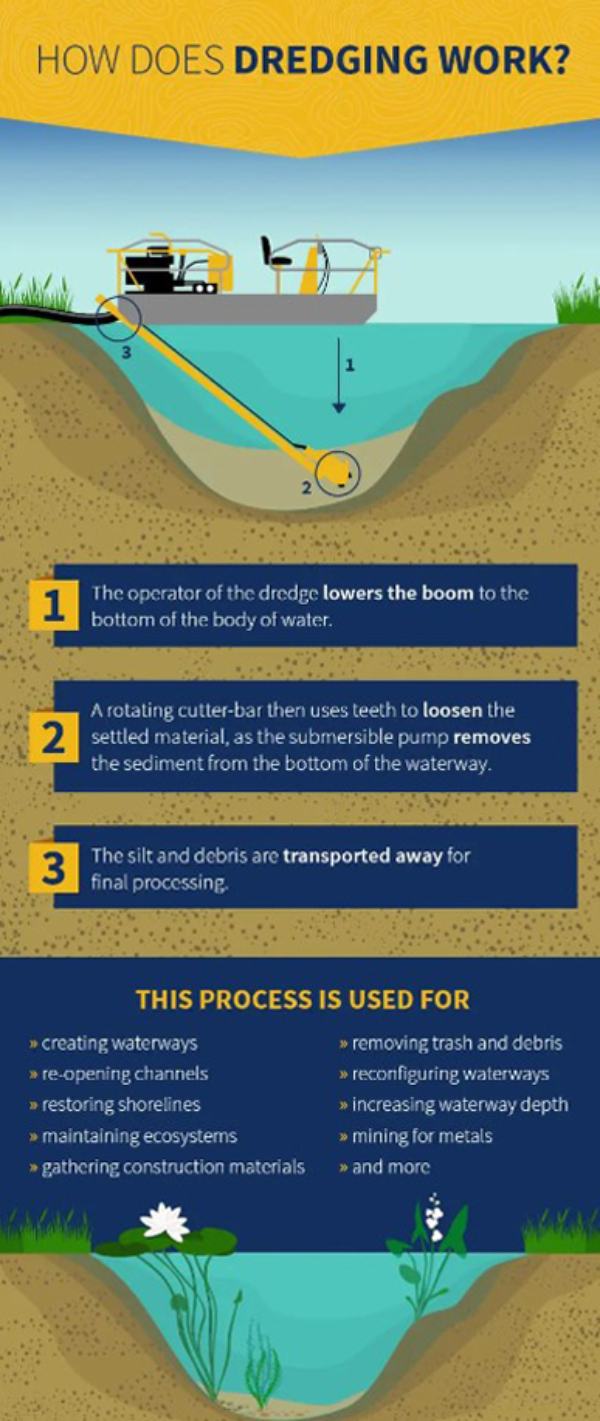
The Mechanics of Sediment Removal Through Dredging
Dredging stands as a proficient method for the removal of excess sediment and debris from water bodies, and it plays a pivotal role in maintaining ecological balance. This process employs specialized dredging equipment equipped with a submersible pump and transport tube, ensuring the seamless extraction and responsible disposal of sediment. Compliance with local, state, and federal laws and regulations is paramount to guarantee the proper handling of dredged materials, minimizing environmental impact.
Here’s a detailed overview of how dredging effectively eliminates sediment while ensuring environmental compliance:
1. Submersible Pump Operation: The heart of the dredging process lies in the submersible pump, designed to expertly suction debris from the water’s depth. This high-powered pump efficiently draws in sediment and debris, priming it for subsequent removal.
2. Transportation to the Surface: A specialized transport tube connects to the submersible pump, facilitating the swift ascent of sediment from its underwater resting place to the water’s surface. This seamless transportation process ensures efficient sediment retrieval.
3. Sediment Loosening: To initiate sediment removal, the dredging operator strategically lowers a rotating cutter head into the water body. This precision-engineered cutter head methodically loosens sediment and dislodges debris, preparing it for extraction. This step ensures thorough cleaning of the water body.
4. Extraction and Disposal: The submersible pump, now laden with sediment and debris, transports the material to the surface for final processing and disposal. The responsible disposal process adheres to all applicable regulations, safeguarding the environment from harm.
By adhering to stringent environmental regulations and employing state-of-the-art equipment, dredging not only effectively removes sediment but also upholds the integrity of our water bodies and ecosystems.
How Does Dredging Work? Illustration – Eagle Dynamic Solutions Image Copyright 2020.
Exploring Diverse Dredge Types for Effective Sediment Removal
Sediment removal employs a diverse range of dredge types, each uniquely crafted to excel in specific applications. GeoForm International presents a comprehensive selection of premium dredging equipment perfectly suited for these common dredge varieties. Let’s explore the primary types of dredges, optimizing our understanding of their roles:
1. Plain-Suction Dredge: This variant ranks among the most prevalent sediment removal equipment. It operates primarily on the force of suction, without the need for tools to penetrate or cut into the water body’s bottom. Instead, it efficiently suctions loose debris for seamless removal.
2. Cutter-Suction Dredge: A specialized dredge type equipped with a cutting tool that expertly loosens material from the water body’s bottom. This loosened material is then conveyed to the suction apparatus’s mouth. Cutter-suction dredges prove invaluable when dealing with hard surfaces that impede efficient suction through conventional means.
3. Auger-Suction Dredge: The auger-suction dredge adopts a distinctive approach, penetrating the bed to effectively dislodge and suction debris. Its rotating auger can delve deeply into the surface, making it an excellent choice for heavy-duty sediment removal applications, especially in contexts like wastewater treatment plants and similar settings.
4. Jet-Lift Dredge: Leveraging cutting-edge technology, the jet-lift dredge harnesses a high-volume water stream to draw in nearby water, silt, and debris, ensuring efficient and powerful sediment removal. This innovative approach promises swift and effective results.
Automated Dredging: Pioneering Efficiency and Sustainability
The dredging industry is witnessing a paradigm shift with an increasing number of new-built dredgers embracing automation. These cutting-edge automated systems revolutionise critical work processes, encompassing slurry pumping, dredge positioning, and cutter head swing speed. Automation isn’t limited to new vessels; retrofitted ones can also benefit from this technology. The result? Precise dredging, elevated safety standards, fuel conservation, reduced administrative burdens, and accelerated project timelines—cumulatively reducing costs and enhancing project performance.
This drive toward automation offers a dual benefit: not only does it streamline operations and fuel consumption, but it also contributes to the reduction of carbon emissions. This is especially pertinent as vessels strive to meet the International Maritime Organization’s (IMO) greenhouse gas (GHG) reduction targets, mandatory by 2030 and 2050.
The IMO classifies autonomous shipping into four degrees:
Degree One: Ships with automated processes and decision support. Seafarers are on board to operate and oversee shipboard systems and functions. Some operations may be automated and occasionally unsupervised, with seafarers ready to assume control.
Degree Two: Remotely controlled ships with seafarers on board. These ships are controlled and operated from another location, with seafarers available on board to manage shipboard systems and functions.
Degree Three: Remotely controlled ships without seafarers on board. In this scenario, ships are controlled and operated from a remote location, with no seafarers physically present on board.
Degree Four: Fully autonomous ships. Ships with operating systems capable of making independent decisions and taking autonomous actions.
As automated dredging technology continues to advance, it not only propels efficiency but also aligns with sustainability goals, making strides toward a more eco-conscious and efficient maritime industry.
The Demands of The Application
The client recognises the imperative to minimise human intervention and labor requirements both during the ongoing project and in the long term. Their objective is to elevate safety, productivity, and precision in all project-related activities.
The primary goal is to alleviate the burden of labor-intensive dredging tasks by implementing automation, consequently amplifying productivity and reducing operational downtime.
The comprehensive dredge control system will encompass an array of components meticulously engineered to collect, process, and execute tasks based on the acquired data.
At the core of this automation system, our solution takes center stage. It serves as the central hub, receiving information and data inputs from operators, dredge sensors, switches, and various intelligent processing units. Subsequently, it meticulously processes this information and orchestrates the seamless flow of data and commands to the dredge equipment and user interfaces.
Crucially, our solution is meticulously designed to operate seamlessly in the harshest of conditions, including moisture, extreme temperatures, dust, and heavy vibrations. This robustness ensures uninterrupted functionality and reliability, regardless of the challenging environmental factors at play.
By embracing cutting-edge automation, our client is poised to revolutionize dredging operations, achieving elevated efficiency, enhanced safety, and unparalleled precision throughout the project and beyond.
Benefits of Dredge Automations
Cutter Head Speed Automation: Reduced cutter headwear due to over speeding and a decrease in required power.
Suction Mouth Restriction Monitoring and Automation: Will increase the effective dredge time and reduce power consumption by eliminating the pumping of only water and light slurry.
Dredge Ladder Dragging Monitoring and Automation: Improvement in dredge cyle time, eliminated wear on the ladder and suction pipe due to dragging, whilst reducing the need to return to improperly dredged cross-sections at a later date.
Suction Slurry Dilution Automation: will help to keep the dredge pipe line flowing during cave-in and cutter and mouthpiece plugging; additionally, it gives the operator added confidence to excavate at a higher level, knowing that the slurry will be diluted if it becomes viscous.
Dredge Pump Speed Automation: The benefit to cost ratio of pump speed automation is the highest of all the dredge automation systems as higher densities can be carried at lower flow rates with less chance of pipeline plugging, decreasing the energy cost and increasing the dredge throughput and uptime.
Dredge Pump Status Monitoring: Reduction in Downtime and Power consumption by strategic replacement.
Swing Speed/Production Automation: Increases dredge throughput by maximizing the excavation and acquisition systems of the dredge.
Hydrographic Survey Automation: Provides management with additional tools for predicting and enhancing production, as the system can tag areas of low production or of downtime.
Cross-section Contour Automation: Relieves the operator of the difficult task of cutting grades and over or under-dredging. The key benefit is the increased swing arte that can be utilized and the reduced the chance of having to redo or clean-up a section. Both of these benefits increase the overall dredge rate.
Spud Carriage Automation: Increased average slurry density due to and greater positional accuracy.
Conventional Spud Automation: Increased dredge productivity via an increase in dredge position accuracy and slurry pumping time.
Stern Wire or Wires Automation: Increase in production and positional accuracy.
Service Water Speed Automation: Increase in packing life and reduction of power consumption of the service pump.
Equipment Monitoring, Diagnostics and Maintenance Scheduling: Increase in efficiency via predictive servicing.
Remote Viewing and Control: All of the dredge data, both historical and real-time can be viewed and updated via a network. Ethernet cameras can be added to provide additional information about the surroundings. In secluded areas, like sand and gravel mines, the entire dredge operation can be easily controlled via remote by employing and operator only for safety and service reasons.
Our Solution
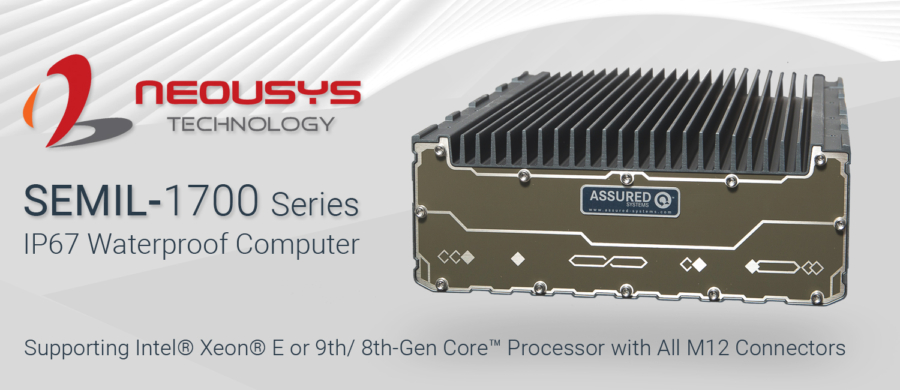
The SEMIL-1708 is an extremely rugged 2U half-rack computer with an IP67-rated waterproof and dustproof design. Powered by Intel Xeon E or 9th/ 8th-Gen Core CPU and coupled with workstation-grade Intel C246 chipset, it can support up to 64 GB ECC/ non-ECC DDR4 memory.
The SEMIL-1708 incorporates Neousys’ best-in-class thermal design and offers mounting flexibility where you can wall or rack-mount up to two SEMILs side by side, adopting a corrosion-proof chassis made of stainless steel and aluminium to counteract moisture and salinity.
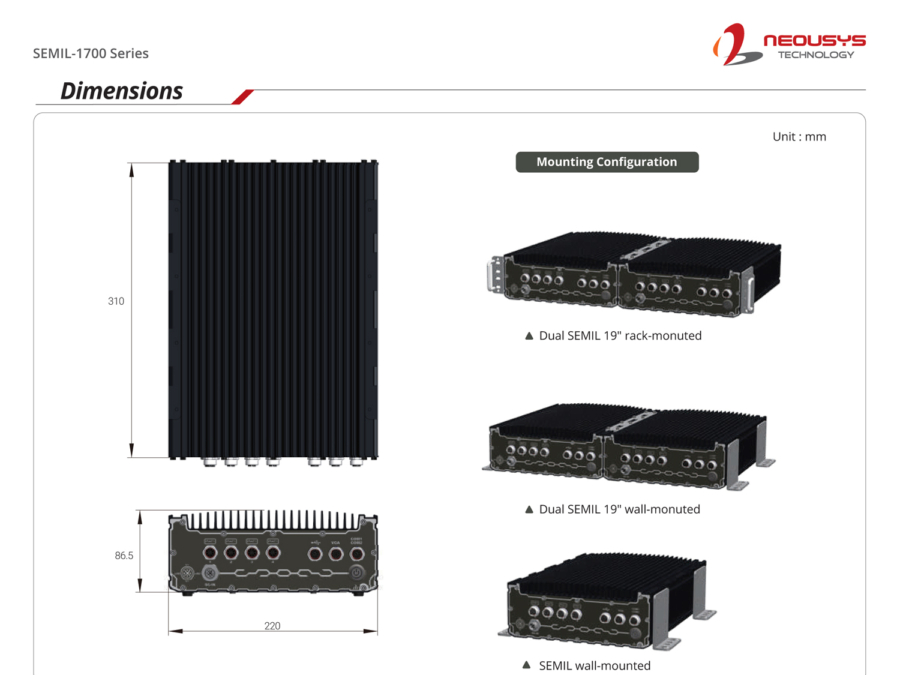
A variety of I/O connectivity that utilise M12 connectors to guarantee extremely rugged connections in shock and vibration environments, are on offer and it has up to eight 802.3at PoE+ ports to supply 25W of power to connected devices.
When it comes to internal expansion, it has an M.2 M-key socket to support NVMe SSD and mini-PCIe sockets for extending feature sets. Additionally, the SEMIL-1708 features two 2.5″ SATA SDD/ HDD accommodations, 8-48V wide-range DC input, which means any fluctuation in power will not adversely affect the unit or the data it receives.
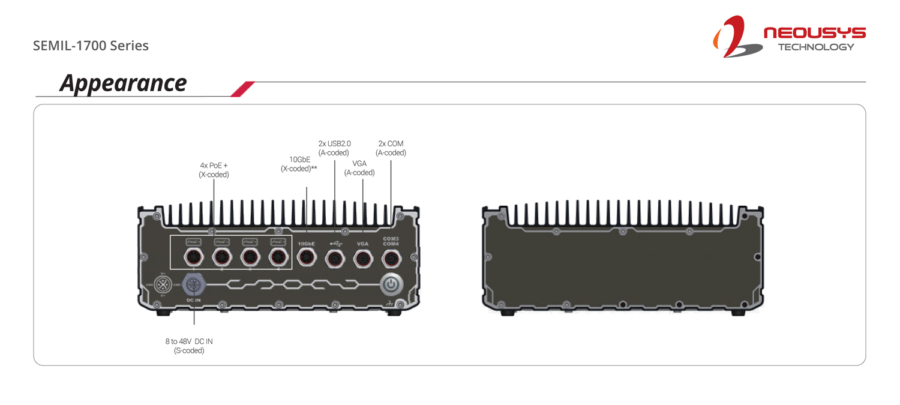
It also has ignition power control and complies with MIL-STD-810G (Military Certified) and EN50155 (which means it is also certified to work on trains).
Furthermore, it is equipped with Neousys’ innovative SuperCAP-based UPS* containing 2500 watt-second stored energy to sustain or safely shut down the system during unforeseen power outages.
As the SEMIL-1708 is protected against water, dust, high/low temperature (wide-temperature), shock/vibration and power interruption, making it ideal for this application, as the dredge vessel will be subjected to severe conditions such as moisture, heat, cold, dust and heavy vibration.
Neousys’ SEMIL-1700 series is set to redefine edge application computing, where ruggedness matter.
